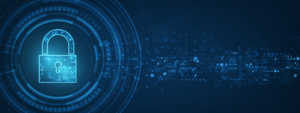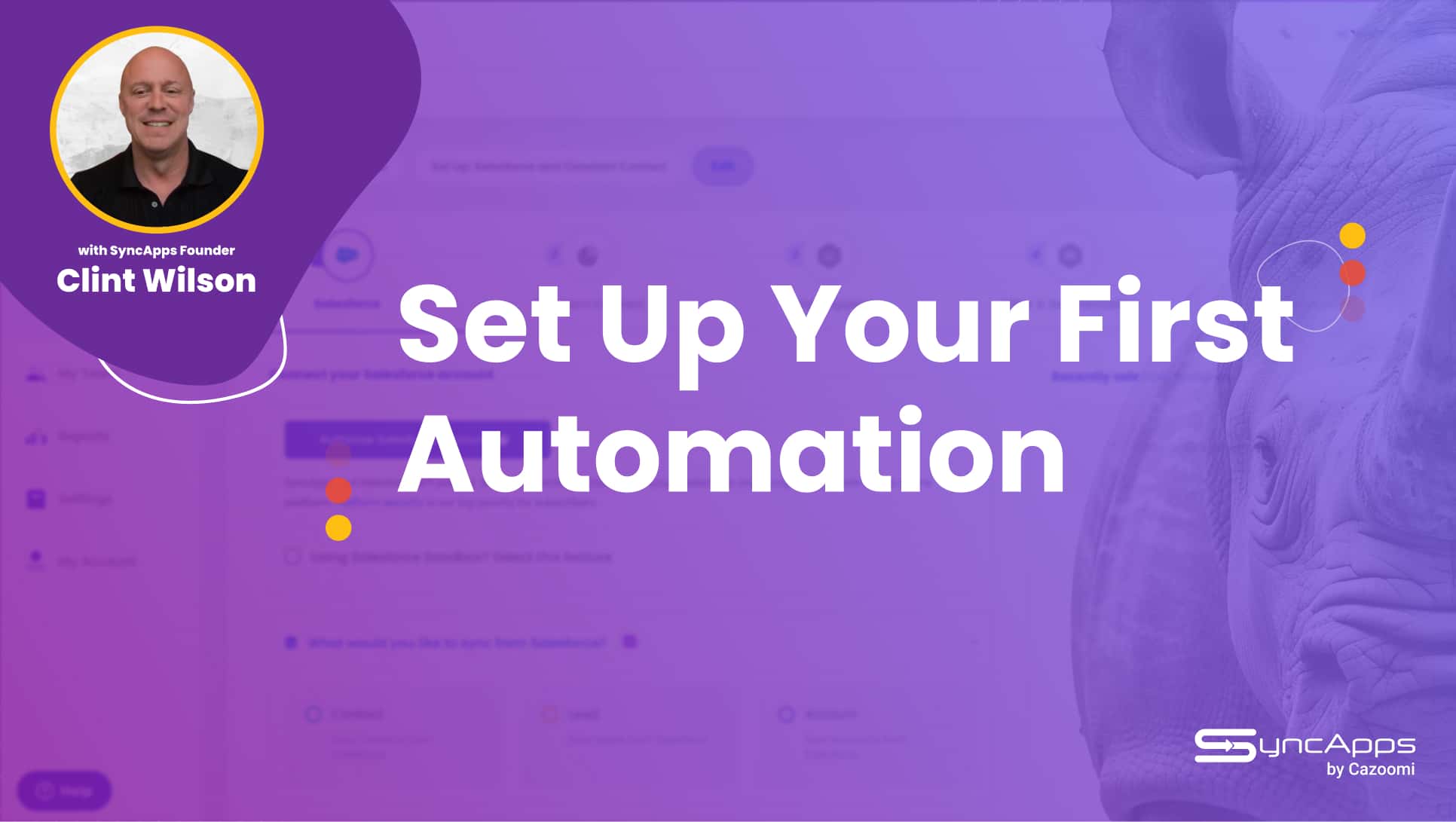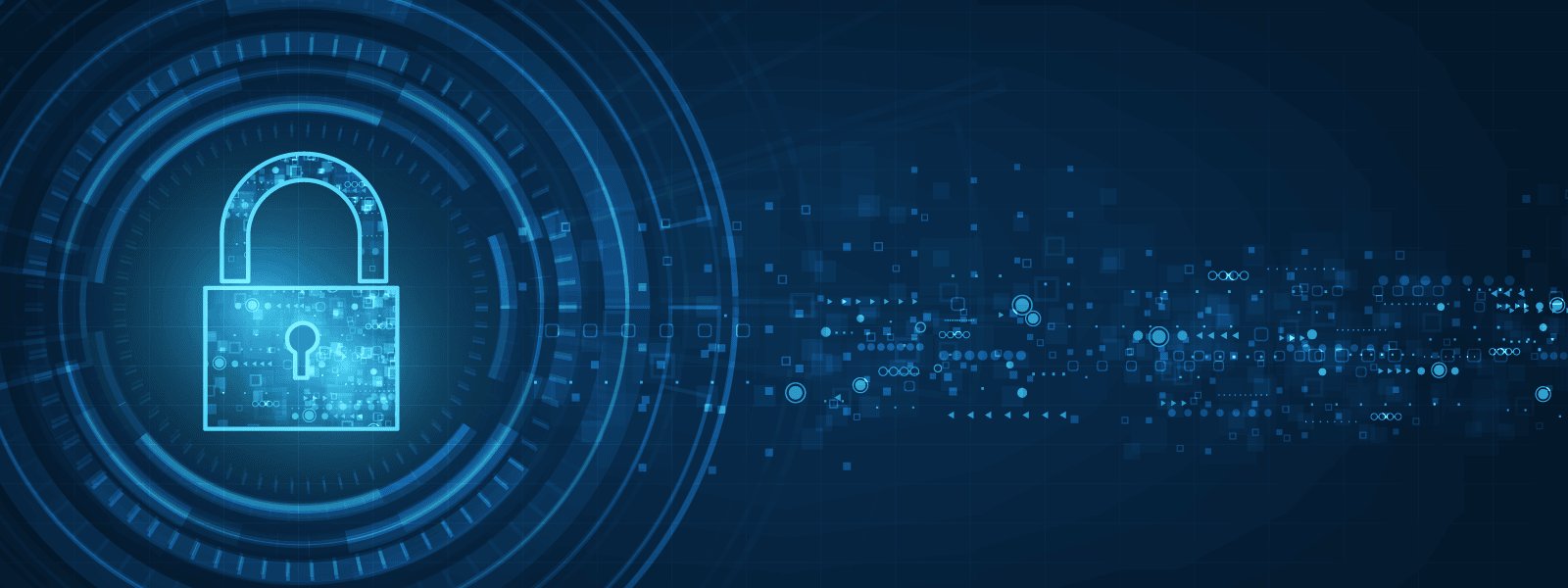
Technology has made it a whole lot easier for people to pretty much get what they want – services and product-wise.
This wouldn’t have been easy or even remotely possible if it wasn’t for flawless data flow and the beefed up security around the entire process.
Back in the day, when you would have to visit a particular store to pick what you want. Technology has changed all that.
You can now search, order, pay, and receive stuff that you want without having to leave your house.
Technology has made customer journeys frictionless.
Organizations and businesses in the private sector have been the biggest beneficiaries of innovations and technology that enhance communication and interaction with people.
These same organizations are also reaping great benefits from the amount of data derived from their day-to-day engagement with customers.
Insights from the data, in turn, enable them to deliver better products and services.
It is such technological transformations that have and continue to revolutionize the private sector, and there is a growing demand for the same to happen in the public sector.
People have now become accustomed to a certain level of convenience in their day to day life.
From ordering goods and services online, including food, clothes, electronics, and rides to mobile banking. People are now increasingly expecting the same convenience when it comes to accessing government-related services or interactions.
People want government institutions to make it easy for them to find information remotely. They also need services made available online and at an affordable price point or even free. It’s about state-run institutions, after all.
Investing in integrations for government industry software and completely digitalizing mission-critical systems can help you meet these expectations.
Customer experience is the new battleground, and government institutions are not exempt.
Customers (aka citizens in this case) no longer base their loyalty on product or price, but on experience. They stay loyal to companies that offer great experiences and churn when they receive bad experiences.
In the case of state-run institutions, loyalty may not be the goal. But punctual tax payments and the lack of bad online reviews are.
Consumers point to speed, convenience, and knowledgeable and friendly service as some of the elements providing positive customer experience.
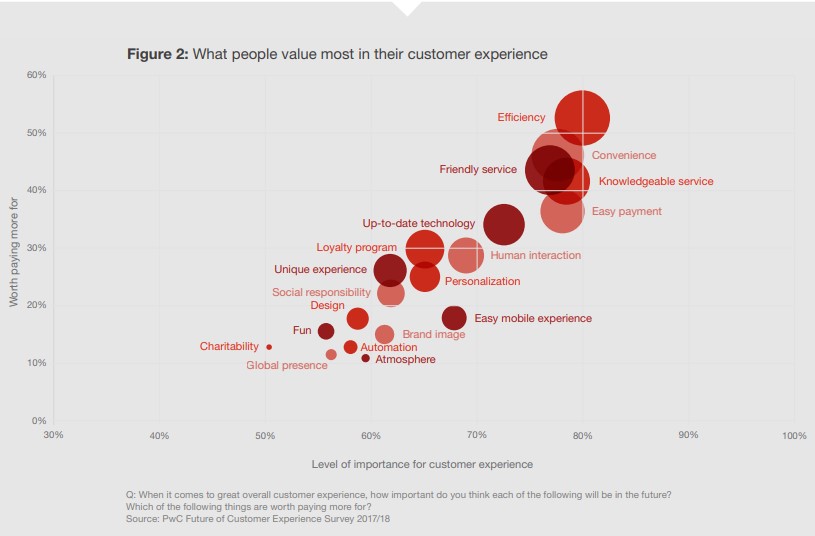
Image Source: PWC
Just as people want a hassle-free shopping experience, they also want positive and seamless experiences when dealing with government services.
If a businessperson can digitally sign a contract with a new vendor, they want the same convenience when dealing with their city building inspector.
If government institutions digitize, they provide better citizen experiences and leverage the opportunities to free up over $1 trillion in economic world value. The digitalization of government institution services leads to convenience for the employees and great experiences for the citizens.
However, government institutions are facing new challenges even with digitalization, and are not fully leveraging its benefits.
Top Challenges in Government Institutions

Going paperless has been one of the biggest advantages of digitalization for government institutions.
Decades of public records and information have been converted, allowing the institutions to enjoy increased savings, smaller carbon footprint, greater efficiency, and agility in service delivery.
Digitalization has also enabled institutions to improve their direct services to citizens. There are now online platforms where citizens can request services, enroll for programs, submit payments, and register complaints.
The smart cities movement has also seen governments collect information via various devices to design and provide the citizens with better road systems and public transportation. A government that is digital to the core can effectively cater to its individual and business citizens’ needs.
It makes transacting with the government easy, secure, and seamless. Public officers improve productivity and upskill themselves as they can adapt to challenges better and work more efficiently and effectively across agencies and with citizens and businesses.
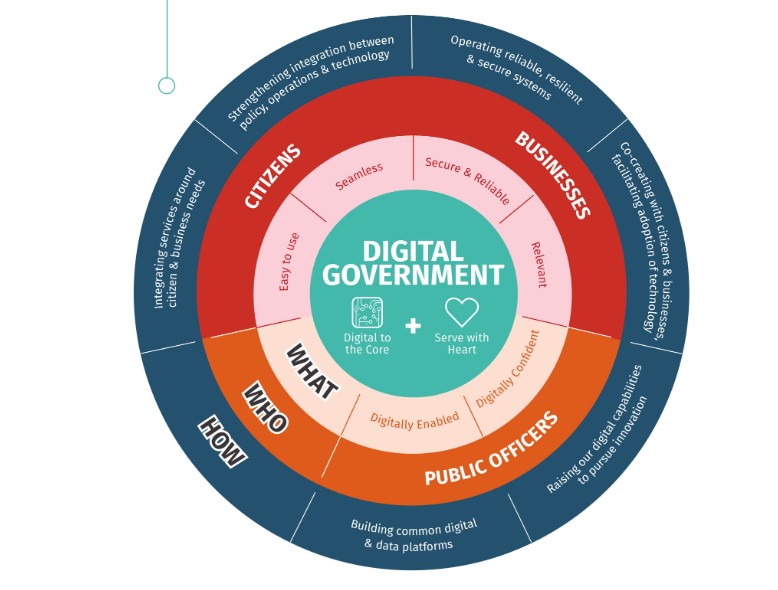
Image Source: GOVTECH
However, government institutions are facing hurdles because digital transformation requires changes in their processes and IT systems. Some of these problems include:
- A monopolistic mindset that most institutions share. The citizens don’t have a choice but to use their services, and so, the government is not incentivized to innovate and improve services.
- Government agencies have a huge clientele and cannot ignore some citizens. They need to provide services to every citizen, and sometimes, will provide one-size-fits-all services to all citizens.
- They also face management issues since they are mostly managing multiple mandates, agencies, and constituencies. There are also appropriation timelines and the need to maintain continuity after a change in political administration.
- Their systems and data are handled and owned by different departments on various platforms that differ in terms of access requirements and taxonomies. The institutions are rife with silos, and there is no single owner of the IT infrastructure. It then becomes difficult to connect it all and ensure that the citizens have a seamless experience. Migrating to the digital landscape has its challenges, too, since it requires experts with specialized skills who are in short supply and charge a lot.
- Apart from fully harnessing digital technologies, government institutions must also have regulations and policies in place to protect the citizen data while still allowing the technologies to work for them. The digitalization of processes and infrastructure creates challenges in terms of security and data privacy.
As governments embrace digital technologies on the one hand and become interconnected with smart devices and partner organizations, on the other hand, they face numerous vulnerabilities.
Institutions have a responsibility to protect and safeguard citizens from a whole range of threats brought on by digital technology. War today is waged on cyberspace, social media, and public transport.
Terrorists, hackers, identity thieves, and fraudsters can threaten the delivery of public services.
Institutions are at a dilemma.
On the one hand, digital technologies and the ability to share data allows for excellent service delivery and a sophisticated way of preventing and combating threats.
The defense organizations in some governments, for example, have invested in machine learning and AI, cybersecurity apparatus, cyber weapons, robotics, threat detection programs, and digital tools.
The police force is using mobile technologies to reduce response time and using data analytics for predictive policing and threat analysis.
On the other hand, citizens are worried about their data usage and data safety. Can the government safeguard their data? Can they make secure payments and transactions online?
The solution – adopting integrations for government industry software.
Integrations For Government Industry Software — Why Do You Need Them and How to Leverage Them

The demand for system integration is on the rise, with the global system integration market set to reach $582.5 billion by 2025, according to research.
Integrated systems streamline processes in government agencies, ensure efficiency, and reduce costs.
What Is Software Integration?
Software integration is the merging of two or more distinct software systems so that data flows between them seamlessly.
Government institutions have numerous information sources with scattered pieces of information subsystems. Software integration is used to merge these subsystems and form one multifunctional system.
Government departments have an ever-expanding database containing sensitive citizens’ data. Over time, they also amass an array of applications from governmental accounting software options, citizen support software, management systems, inventory management systems, order and fulfillment systems, and so many others.
Of course, there are other things to be taken into account as well: different office locations, billing, payroll, and others. The software to support all these processes is available in standalone applications from different government software vendors and homegrown applications.
If the systems are not aligned, it can be time-consuming to manage all the data collected individually. The institutions also deal with additional challenges like:
a) Lack of real-time visibility
Government institutions have access to multiple overlapping databases. They cannot completely view their processes in a timely manner.
Reports from the different departments are crucial for getting an integrated view of the institution’s performance, and it takes time to acquire this information from different databases regularly.
Consider the time spent extracting, sourcing, cleaning, and analyzing data. It becomes tedious and is one of the tasks data scientists do not enjoy doing.

Image Source: Crowd Flower
For a government institution, this would mean spending countless hours trying to correct errors, tying unrelated information, and removing out of date information. It leads to slow decision making based on inaccurate and outdated data.
b) Wasted employee productivity
Employees in government institutions that are yet to integrate their systems deal with ineffective and fragmented processes.
Important processes take time to get completed and are mostly erroneous. These labor-intensive tasks reduce employee agility and productivity.
c) High costs
All these different systems require an enormous amount of money to maintain, update, and integrate. Most of the time, when an institution gets a new version of the software, maintenance and integration need to happen for the different versions to work together.
IT personnel waste valuable time manually entering data into the different systems (sometimes you may need to hire an expert), and the maintenance costs keep rising.
d) Inaccurate and inefficient data management
Data stored in disparate systems is dangerous and becomes hard to analyze efficiently. When the data is collected manually from different databases, it provides incomplete or wrong results.
This inaccuracy is brought on by human errors mostly as they input and transfer data. It becomes hard to pinpoint the human error origin since data is generated, accessed, and manipulated daily by employees. The growing volumes of data increase the opportunities for inaccuracies.
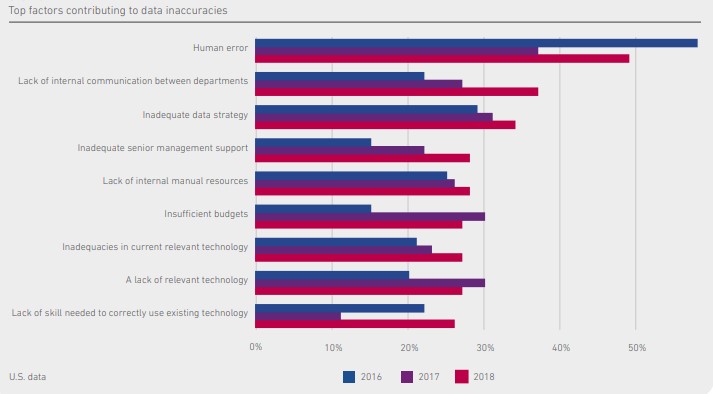
Image Source: Experian
e) Poor experiences for citizens
Problems with data flow mean that the institution cannot fully meet the demands and needs of its citizens.
Citizens are accustomed to seamless experiences in the private sector and expect the same from government institutions. The public sector is failing at this and currently has a low score in terms of customer satisfaction.
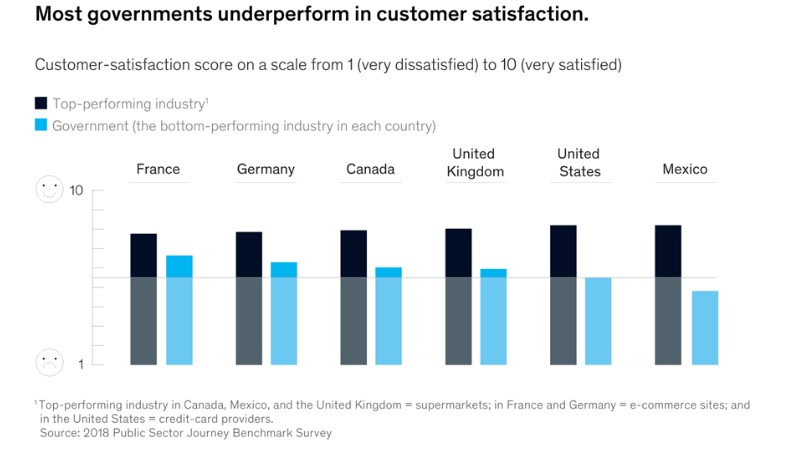
Image Source: Mckinsey
7 Benefits of Government Industry Software Integration

Government industry software integration ensures seamless data connectivity, reduces errors, and significantly improves internal workflow. With integrated systems, government institutions can effectively run their day-to-day affairs.
A few of the benefits that government departments can enjoy includes:
1. Improve real-time visibility
Basing decisions on outdated information can lead to terrible consequences. Failure to integrate reports from different departments means that hours the team spends acquiring information may, in the end, be inaccurate.
With time, your employees will stop collecting and analyzing data to focus on other less time-consuming tasks, and this harms the institution in the long run.
Through integration, you get constant data connectivity that leads to data-informed decision making. The data is also available in real-time and accessible from any device at any location, at any time.
Industry software integration minimizes risks, and your employees can base their decisions on accurate information instead of relying on their gut instinct. The ability to access information instantly from different sources makes for informed employees and reduces wastage of resources on data extraction and trying to tie it together.
2. Process efficiency
Integration boosts the productivity of your employees. Automating processes, like invoicing and finances, allows employees to focus on actual tasks. They don’t have to waste time manually inputting data to every subsystem the institution uses. You also increase their job satisfaction.
When processes are automated and integrated, you reduce the necessity to get new hires. You can maximize the quality of your current team to evolve and meet citizen needs.
3. Improved data flow
Data connectivity across departments boosts results. Citizens can access services instantly online and also their data easily. It makes registering and applying for services an easy and smooth process.
Your employees can also easily address issues and inquiries and meet your citizens’ needs since they have access to up-to-date information.
4. Access to valuable and accurate data
Data is essential for government agencies. All departments collect huge amounts of data on a daily basis, analyze it for insights, and detect problems.
Having this data centralized in one location will enable the departments to have access to accurate data, which will provide them with useful and authentic insights for better service delivery.
The huge amount of data can take up too much computer storage space, but integration helps free up space especially if you are using a Mac. Every change is automatically updated, eliminating the possibility of duplicate data, errors, and incorrect analysis.
5. Cost savings
With software integration, you save money at every phase of your institution’s processes. You also save a lot by making more accurate and better decisions.
Through automation, your team can focus on providing better experiences. They have more time to develop and gain new skills, and this reduces the need to hire new employees.
6. Enhanced system security
Citizens have growing security concerns due to the increased number of data breaches. According to research, the period between the years 2014 and 2018 saw 443 data breaches in the US government alone.
The sources of these breaches vary and include malicious outsiders, accidental losses, hacktivists, ransomware, malicious insiders, and others.
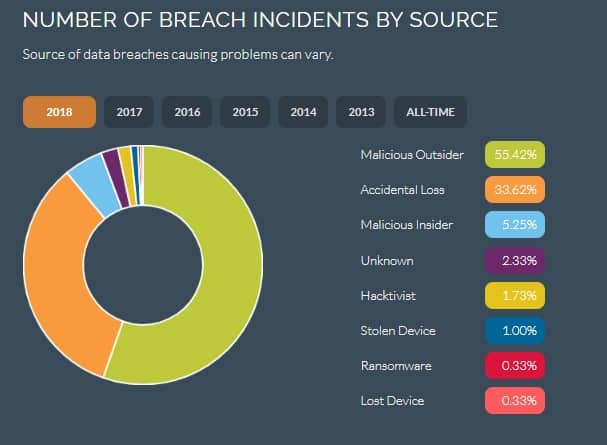
Image Source: Breach Level Index
Government institutions have huge amounts of data and projects that need collaboration. The sharing of data means that the institutions must guard against unauthorized users and unauthenticated access.
Data breaches are also expensive and lead to huge losses and the likelihood of a breach happening again.

Image Source: IBM
Privacy is also a sensitive issue since citizens are worried about how government institutions use their data and information. Sensitive information needs policies and measures in place to ensure all data is protected. Ensuring security becomes hard if you are operating with different systems and tools.
Having a single system makes it easier to build security tools necessary to prevent unauthorized access. It will keep hackers and unwanted visitors out. Integration ensures that your data is always safe and that your system is secure.
7. Reduced training and overhead
Government institutions spend a substantial amount of money training employees. A single unified platform to handle your processes also entails reduced human resources costs.
Training also becomes easier since employees are not being trained for different standalone systems.
Training employees on more than one software solution may lead to adoption challenges, especially if they need extensive training. Learning to use more than one software at the same time may also prove challenging for some, leading to poor adoption rates.
The integration of the programs means that employees can familiarize themselves with one software and happily spend time learning its features. This way, the adoption rate will also be high.
Top Government Industry Software Integrations

Government agencies use CRM systems for several reasons, including keeping track of constituents’ data and keeping them happy. They need to keep track of citizens’ history with them, supplier resources, vendor relationships, and other information.
They also have the responsibility of maintaining transparency and complying with federal rules and regulations.
The CRM needs of governments differ in that they must serve every citizen and cannot afford to ignore any. They need to be accountable, deal with strict budgets, and maintain strong relationships with citizens, partners, lawmakers, recruits, and other agencies.
Government agencies also need to interface with other departments. The ideal CRM system must, therefore, integrate easily with existing systems and enhance them. It must also be cost-efficient, maintain internal memory, and have a user-friendly interface.
With a good CRM, government processes like licensing and permits need shorter approval times, and the citizens can do most of the steps themselves. The citizens can always access services, and the CRM ensures this happens smoothly.
Documents and information are easily accessible and secure. The CRM allows the government to remain transparent with its constituents, stay available all the time, stay on budget, have up to date data, and keep it secure.
One of the main benefits of CRM integration is that it can integrate with other applications. A SyncApps CRM integration, for example, ensures that all data from all your other applications integrate easily with your CRM.
A survey by Select Hub found that the most important feature buyers look for in a CRM, is integration. That’s because while a CRM is good on its own, it can only become great when integrated with other solutions.
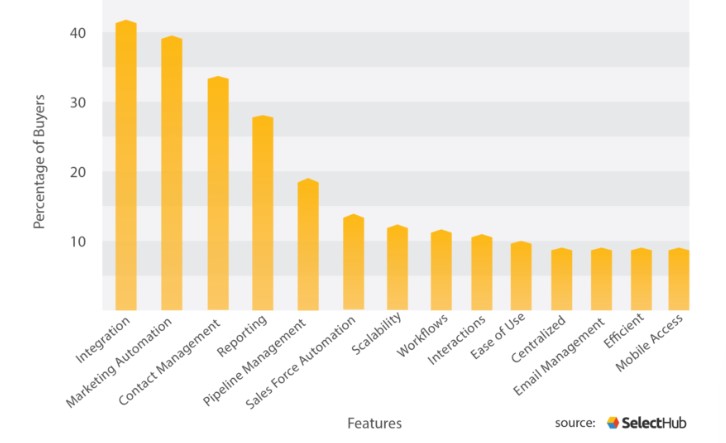
Image Source: Select Hub
For example, email marketing allows institutions to keep in touch with constituents. You can easily reach out to constituents with notifications, reminders, and updates.
Integrating your CRM with your email marketing platform enhances the relationship you have with constituents and improves customer engagement. For example, remind them of an impending tax paying deadline.
It allows you to track citizen engagements so that you can understand their needs, interests, and behavior. When CRM and email marketing integrate, they improve your relationship with constituents.
You can also integrate your CRM with an ERP system. The CRM deals with managing citizen data and boosting engagement. An ERP system handles customer information required when they make applications and payments.
Integrating the client relationship management and enterprise resource planning system allows for connectivity between the two and increases advantages for your institution.
Generally, the two remain siloed and in different departments at government institutions, which makes it hard to integrate them. Attempts at integrating them using a point-to-point integration lead to huge costs and become difficult to maintain.
It’s also generally hard to do this integration since government institutions have huge amounts of data. When the two systems do not seamlessly talk to each other, problems arise, and inefficiencies settle in.
However, SyncApps offers a CRM and ERP integration that offers connectivity on-premise and in the cloud. The integration by Cazoomi allows the two systems to share information and provide visibility. This integration results in increased productivity and simplified processes. It allows your employees to focus on the core tasks instead of trying to find data and make it available.
Data is updated automatically and made available to employees instantly. Billing of services happens fast, and there is 360-degree visibility of your customers.
Proper integration of government industry software means streamlined collaboration from all departments so that a citizen does not need constant redirection to receive services. Everyone stays on the same page, and the institution can keep track of all operations in real-time.
Conclusion
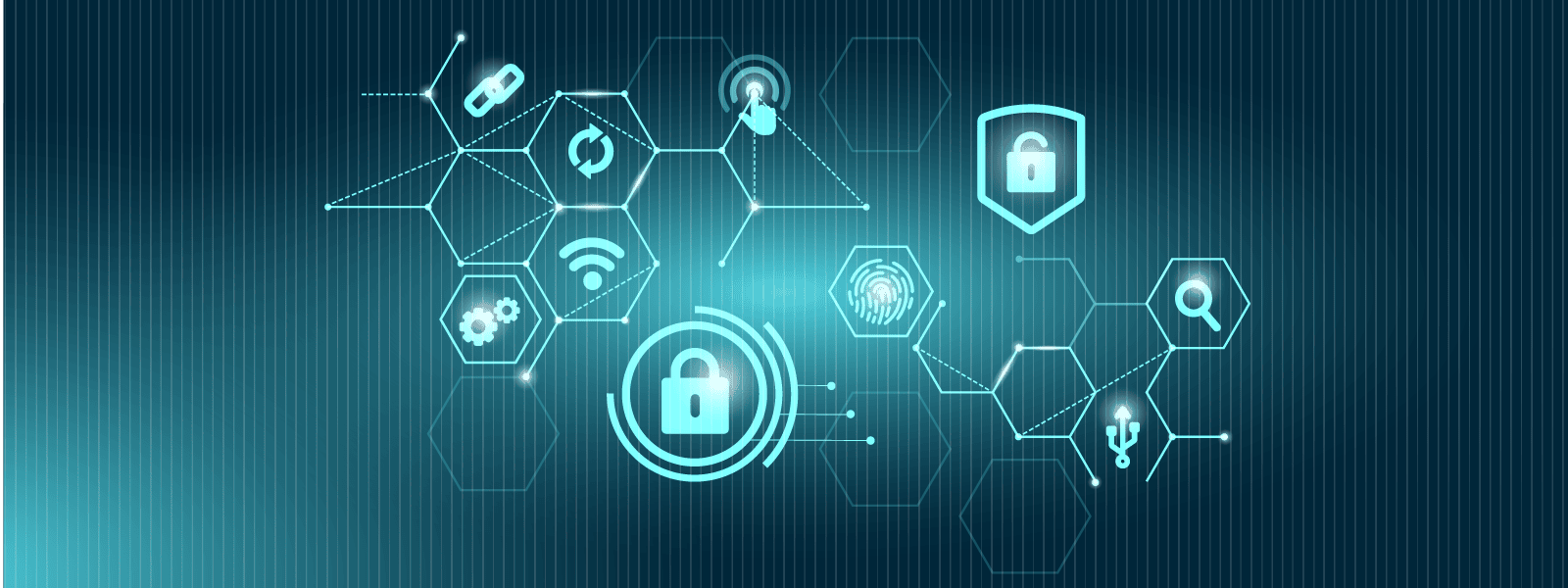
Integration eliminates the many conflicting and overlapping policies on security from the different platforms your institution uses. Your systems may have security policies, but when they cancel each other out, then they make your systems less secure.
Unifying your software solutions makes it easy to manage security, keep data safe, and safeguard your system. It also becomes easier to manage the devices you use and saves on cost.
Integration gives you 100 percent visibility, thus allowing you to know what’s happening. It becomes easy to identify a threat, manage, monitor, and find solutions fast.
Integration also improves your department’s data flow. All the data is available in one location, making it easy to access information from all locations and devices at any time. It also eliminates bottlenecks and makes institutions more responsive.
You simplify the task of disseminating process information and generating reports. Government operations improve, and the different departments can meet their needs.
Institutions can better utilize the volumes of data they collect and get clarity on their main processes. They get the real picture in real-time instead of using outdated information from different departments to make decisions.
It becomes easy to run operations for employees, and they gain insights into future operations and can easily solve issues. With software integration, you can give citizens a seamless experience that drives critical outcomes for government agencies.
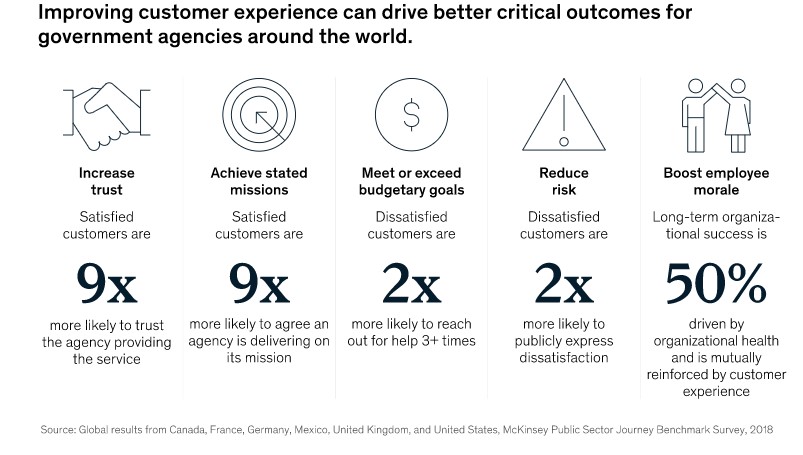
Image Source: Mckinsey
If satisfied with its services, citizens will trust the government more with their data. Integration allows government institutions to deliver better experiences and better outcomes at a sustainable cost.
Integrations for government industry software provides a more efficient system that helps government institutions transform and deliver better services to their constituents.
Citizens will no longer need to physically visit government offices and wait for hours on end to access services. Governments can now use software integration to effectively serve its citizens, boost data sharing between its various departments, and enhance data security.

